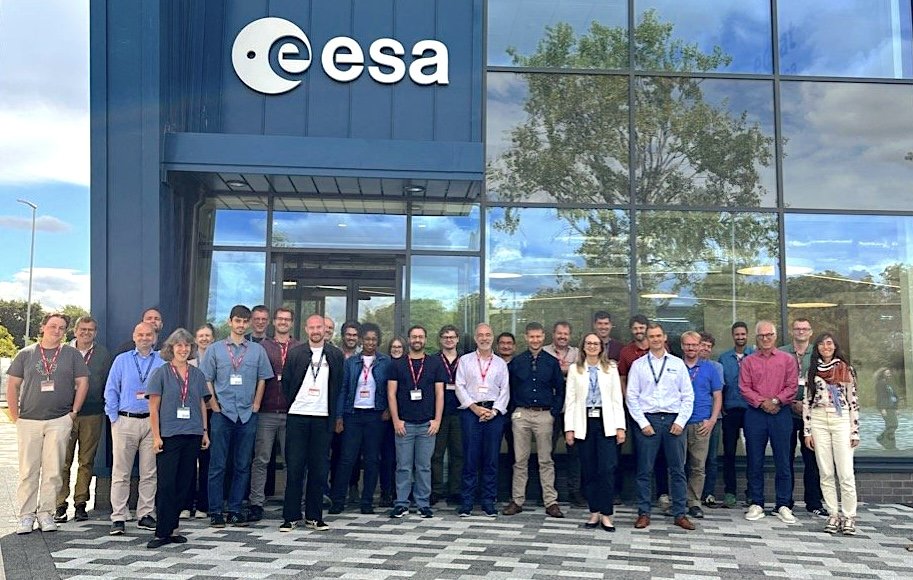At the recent European Space Agency (ESA) Fire from Space workshop, project technical leader Bernardo Mota presented details of the FRM4Fire's objectives and methods being used to generate independent airborne reference data for validating satellite fire observations.
Projects highlighted from across the ESA fire research community
Experts invited by ESA from across the fire research community discussed advances in satellite-based wildfire monitoring methods and developments in projects that also included Fire CCI, Xfires, Sense4Fire, FUELITY, EUBurn, and State of Wildfire.

Setting the scene for future missions
Wildfires affect both air quality and climate, and satellite observations are an essential tool to help understand their behaviour and impacts. With new satellite missions on the horizon, the workshop provided a timely opportunity to align research priorities and foster collaboration across projects.
Assessing and propagating uncertainties
In his presentation, Bernardo reviewed the linked airborne field campaign in Canada in 2024 and previewed some results of ongoing lab-based characterisations of the instruments used. He emphasised the importance of applying protocols consistent with the Fiducial Reference Measurements (FRM) standard to ensure data reliability.
The project aims to demonstrate that assessing and propagating uncertainties can strengthen both primary fire products and downstream applications — by identifying areas for improvement and increasing confidence in results.
Bernardo noted, "We expect that FRM4Fire will highlight the importance of maintaining uncertainty-aware data and results. This approach is fully endorsed by ESA, and my strong impression is that will expect presenters at events like this in future to identify the limitations and uncertainties of their data and results.”
For more, see ESA’s story: Fire science and satellites in focus at ESA workshop




